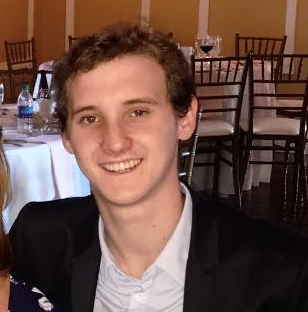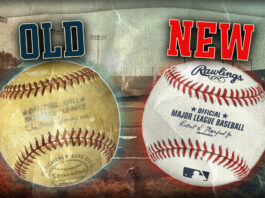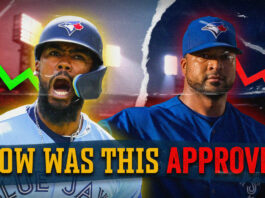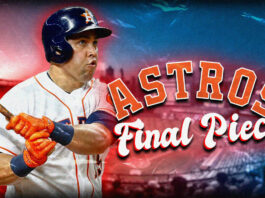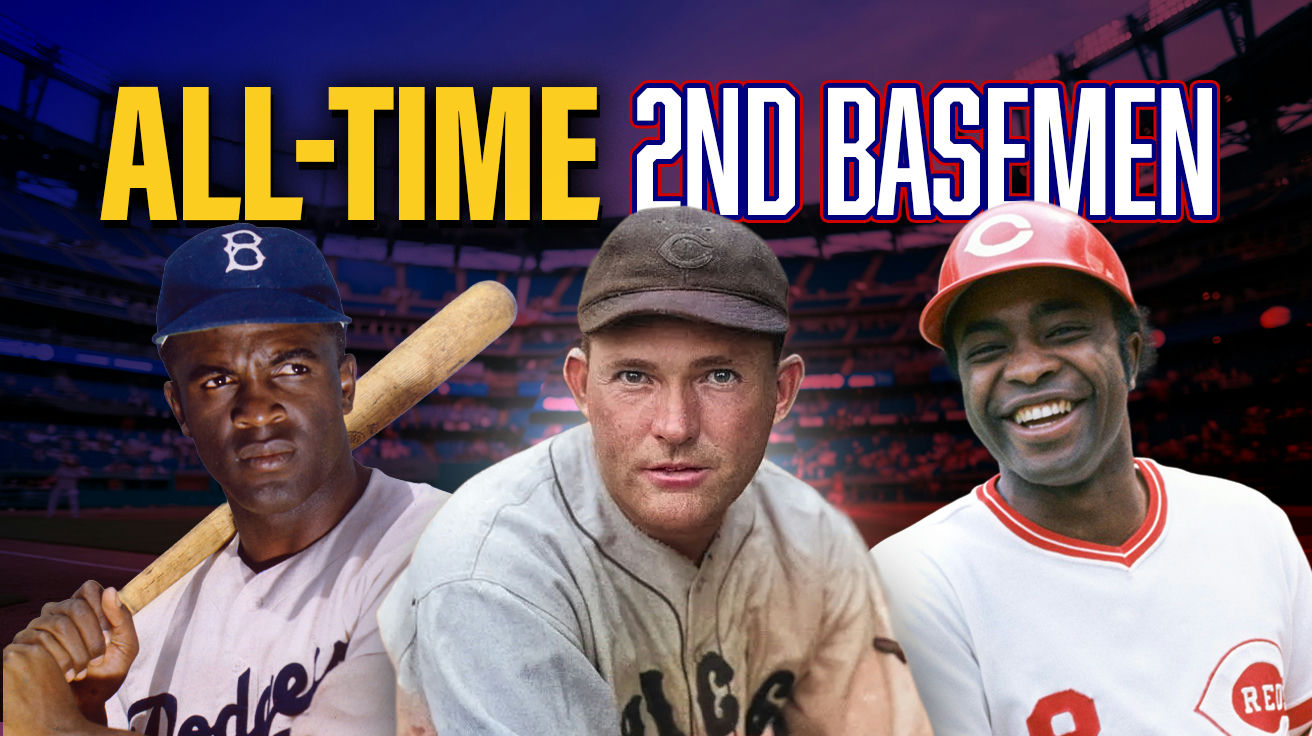
Imagine a pivotal nexus where athleticism meets baseball intelligence. The second base position demands exceptional dexterity and a sharp mind. These players are not just fielders; they are dynamic playmakers. They must execute lightning-fast double plays and make critical decisions under pressure. Second basemen must possess acute awareness, quick reflexes, and unwavering focus. You will gain insight into how these athletes master the art of defense and offense. This list celebrates the agility, power, and strategic brilliance of baseball’s finest second basemen. What separates these legends from mere mortals on the diamond?
15. Rogers Hornsby (Cardinals, Giants, Braves, Cubs)
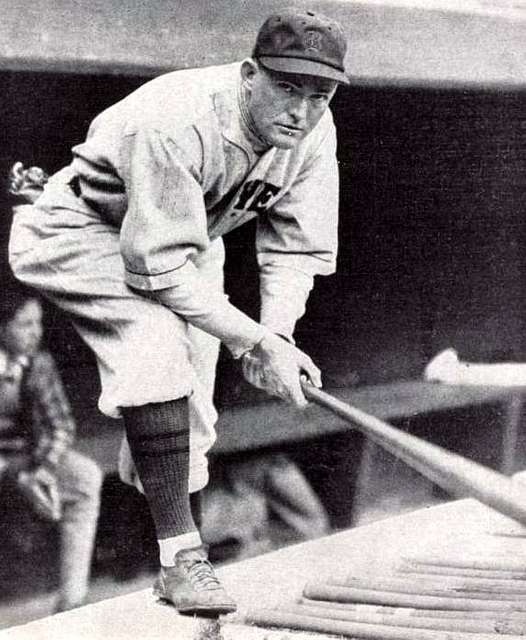
You know how people talk about impossible statistical achievements? Hornsby’s career .358 average would make today’s analytics departments short-circuit. The Rajah dominated the 1920s with the Cardinals, hitting over .400 three separate seasons, including an otherworldly .424 in 1924.
His seven batting titles and two Triple Crowns established him as baseball’s premier right-handed hitter. Most second basemen dream of 20 homers; Hornsby smacked 301 when most players were happy to reach double digits.
14. Joe Morgan (Reds, Astros, Giants)

The heart of Cincinnati’s Big Red Machine wasn’t just good – he was revolutionary. Morgan’s compact 5’7″ frame generated surprising power, but his true genius lay in his complete command of the strike zone and the basepaths.
Those distinctive arm-flaps at the plate preceded offensive dominance that netted back-to-back MVPs in 1975-76. With 689 steals and a career .392 OBP, he defined what sabermetricians now worship: an on-base machine with speed and surprising pop.
13. Eddie Collins (Athletics, White Sox)
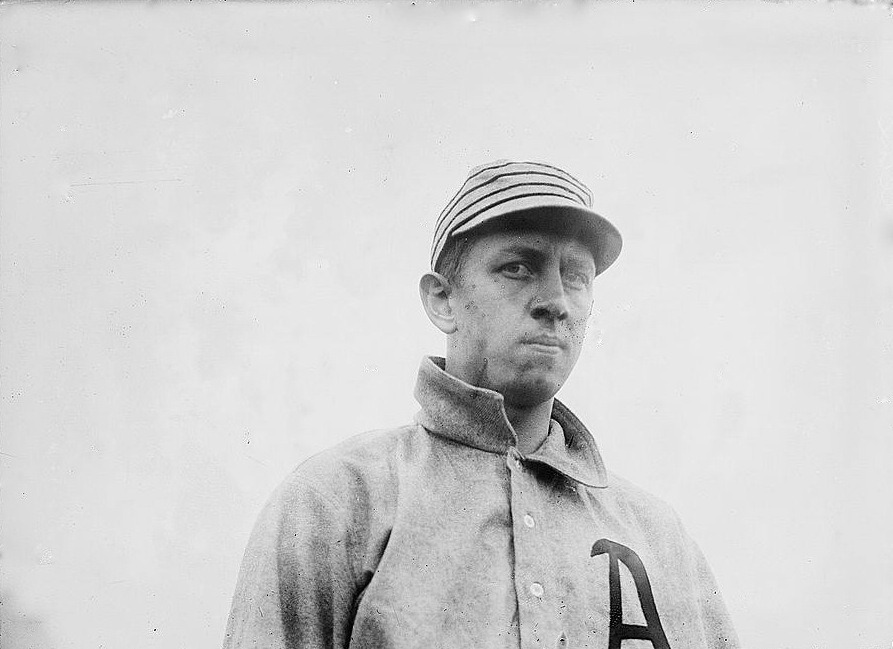
Before there was Morgan, there was Collins, the original on-base virtuoso. His astounding .424 OBP stands as testament to an era when getting on base was valued differently than launch angles and exit velocity.
Collins excelled during the dead-ball era with Philadelphia and Chicago, swiping 744 bases and collecting 3,315 hits across 25 seasons. The heart of Connie Mack’s $100,000 infield won six World Series rings while playing a record 2,650 games at second base.
12. Jackie Robinson (Dodgers)

Numbers alone cannot capture Robinson’s seismic impact. Breaking baseball’s color barrier with the Brooklyn Dodgers in 1947 required courage beyond measure, yet he still performed brilliantly under unimaginable pressure, winning Rookie of the Year and later MVP honors.
His .311 average and .409 OBP showcase his offensive prowess, while his daring baserunning revolutionized the game. Robinson’s legacy transcends statistics – he changed America itself through his dignity and excellence on the diamond.
11. Nap Lajoie (Phillies, Athletics, Cleveland Naps)
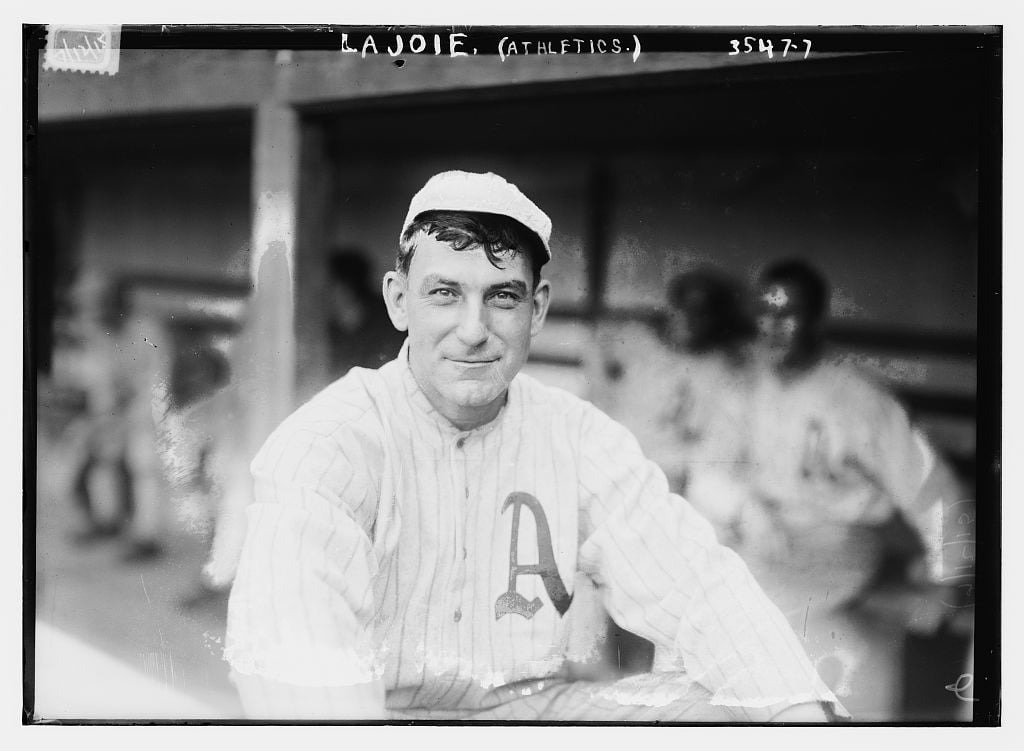
Modern fans might not recognize Lajoie’s name, but he was baseball’s first true superstar. So dominant was his play that Cleveland’s team was actually named the “Naps” in his honor – imagine the Trouts or Ohtanis playing today.
His jaw-dropping .426 average in 1901 remains one of baseball’s untouchable records. With 3,243 career hits and defensive skills that dazzled early fans, Lajoie set the gold standard for second basemen for generations to come.
10. Charlie Gehringer (Tigers)
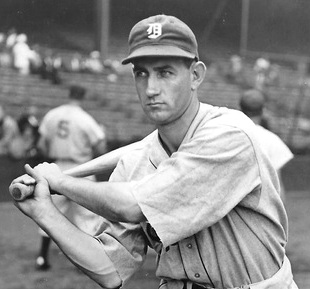
They called him “The Mechanical Man” because reliability was his superpower. Gehringer’s consistent excellence anchored the Detroit Tigers for 19 seasons, with a smooth swing that produced a .320 lifetime average and seven All-Star selections.
His 1937 MVP season featured a .371 average and league-leading 209 hits. Gehringer’s quiet demeanor masked his importance – he was the transmission that kept Detroit’s engine humming through the Depression era.
9. Roberto Alomar (Blue Jays, Orioles, Indians, Mets)
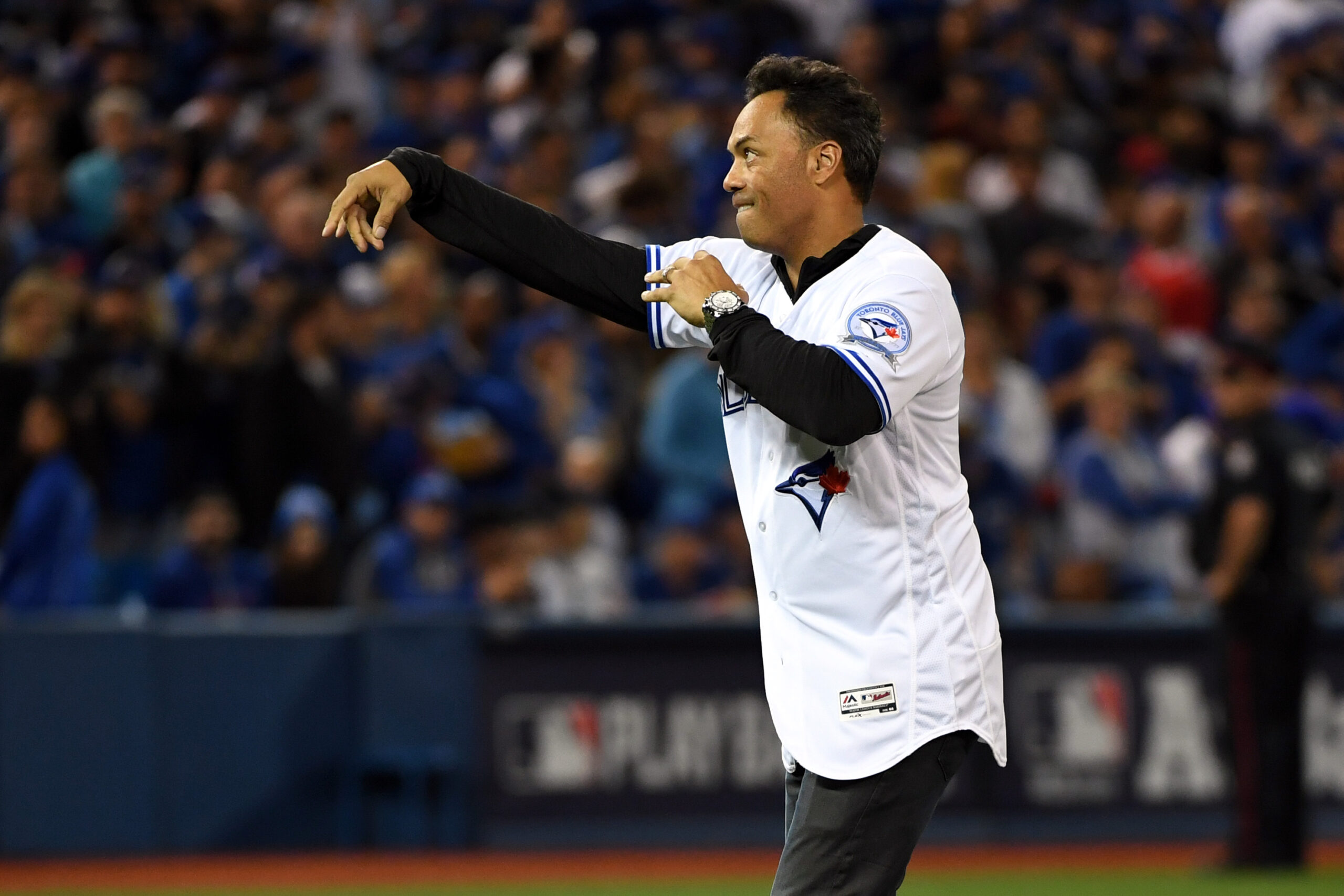
Alomar redefined second base defense with unparalleled range and creativity. His 10 Gold Gloves remain the position’s benchmark, his acrobatic plays defying gravity and conventional positioning.
A 12-time All-Star with a sweet switch-hitting stroke, Alomar propelled the Blue Jays to back-to-back championships. His .300 career average and 2,724 hits demonstrate his offensive consistency, though off-field controversies have complicated his legacy.
8. Ryne Sandberg (Cubs)
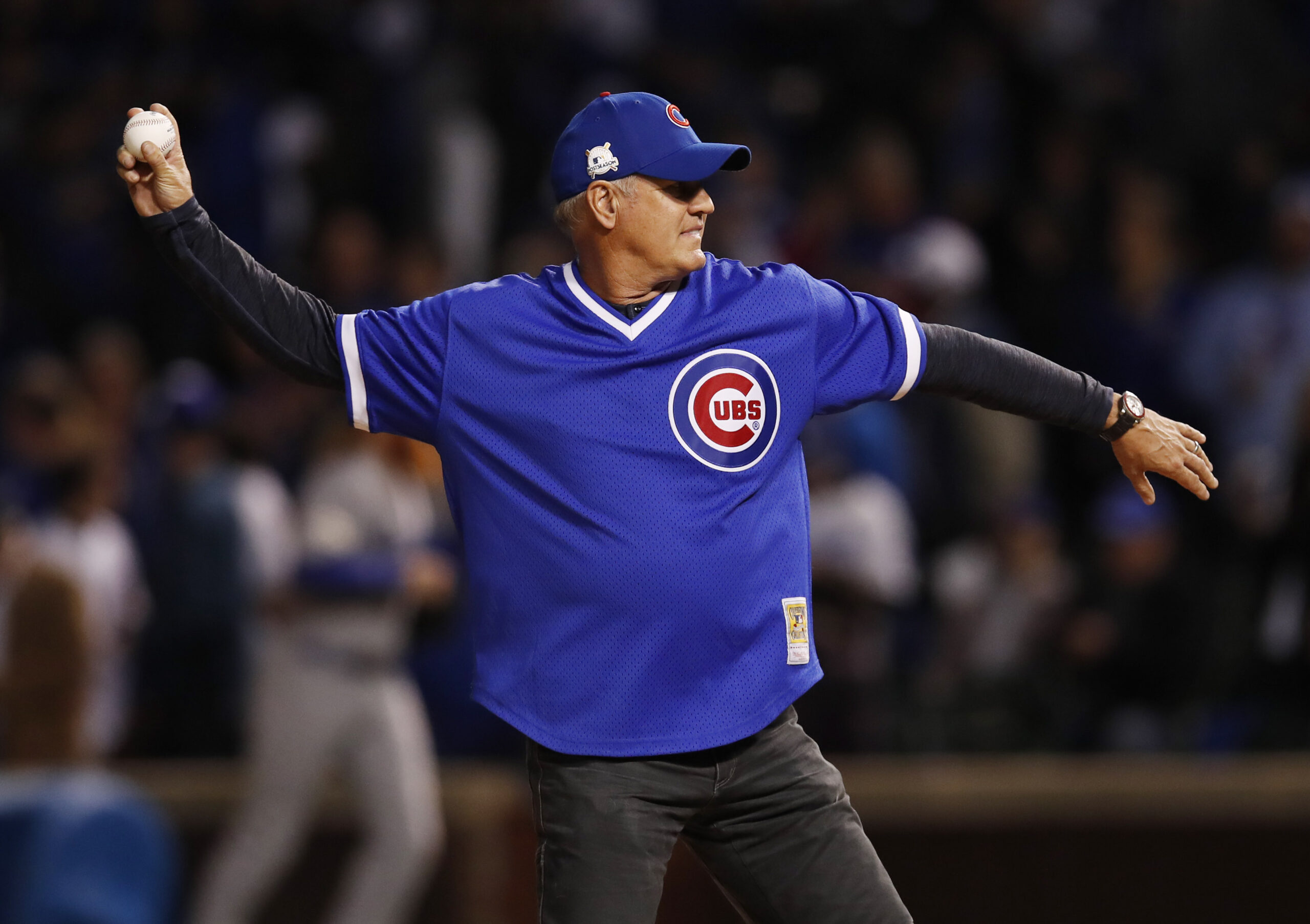
Cubs fans of a certain age will tell you exactly where they were during “The Sandberg Game” on June 23, 1984. His two game-tying homers off Bruce Sutter announced his arrival as the National League’s dominant second baseman.
Sandberg brought unprecedented power to the position, once belting 40 homers in a season. His nine Gold Gloves, MVP award, and 282 career homers transformed expectations for second basemen forever.
7. Craig Biggio (Astros)
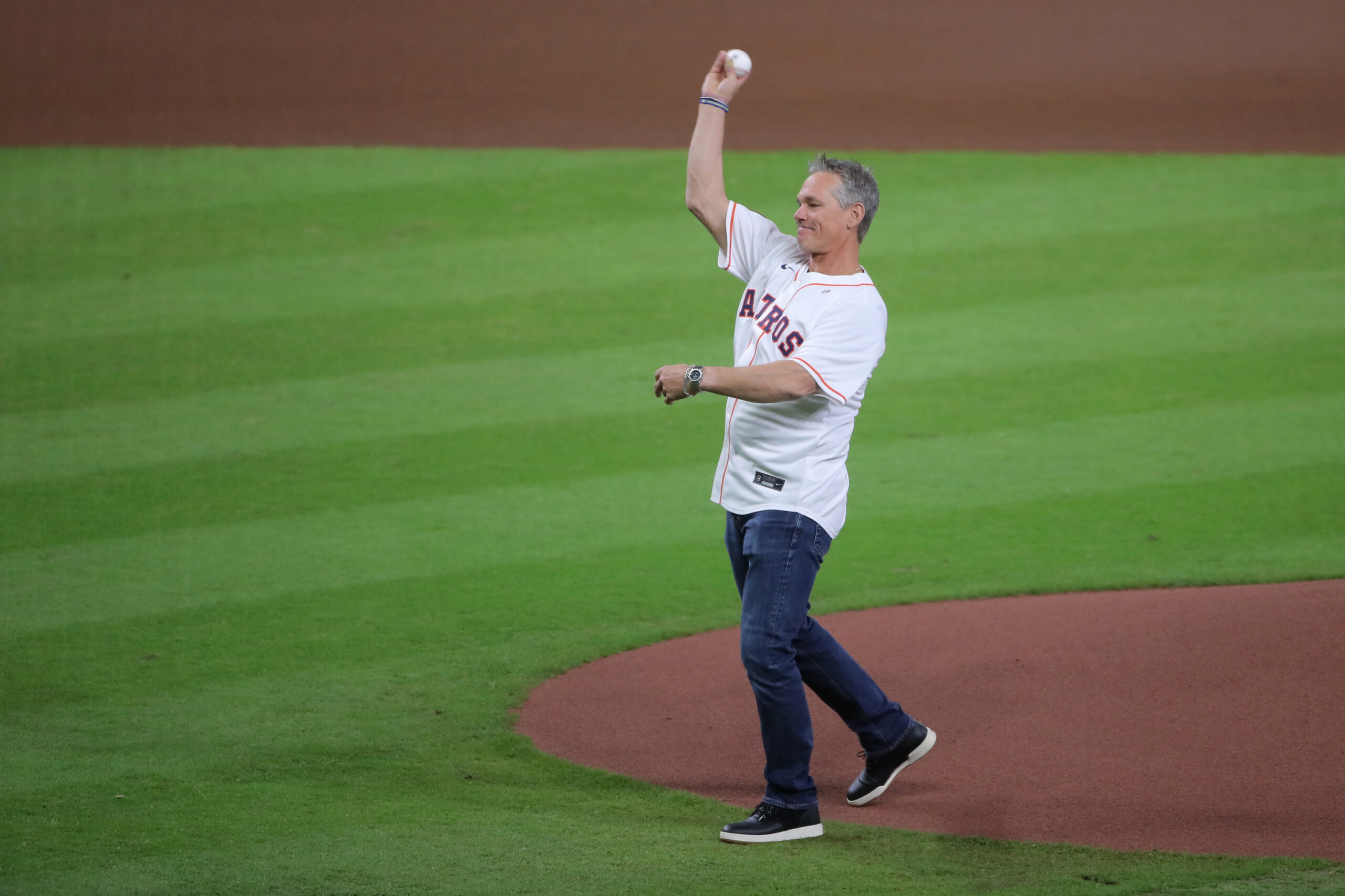
Versatility defined Biggio’s career. From catcher to second base to outfield, his willingness to adapt made him the heart of Houston’s franchise for 20 years. The numbers tell a story of remarkable consistency: 3,060 hits, 668 doubles, 414 steals.
A four-time Gold Glover and seven-time All-Star, Biggio set the modern record for being hit by pitches. His toughness and longevity stand as testament to his preparation and passion for the game.
6. Bobby Grich (Orioles, Angels)

The ultimate “what-if” second baseman, Grich’s greatness has been rediscovered by modern analytics. His .371 OBP and four Gold Gloves with Baltimore and California only tell part of the story – his 70.9 WAR ranks among the all-time greats at any position.
With remarkable patience at the plate and exceptional range in the field, Grich was ahead of his time. His meager 2.6% Hall of Fame vote total represents one of Cooperstown’s greatest oversights.
5. Frankie Frisch (Giants, Cardinals)
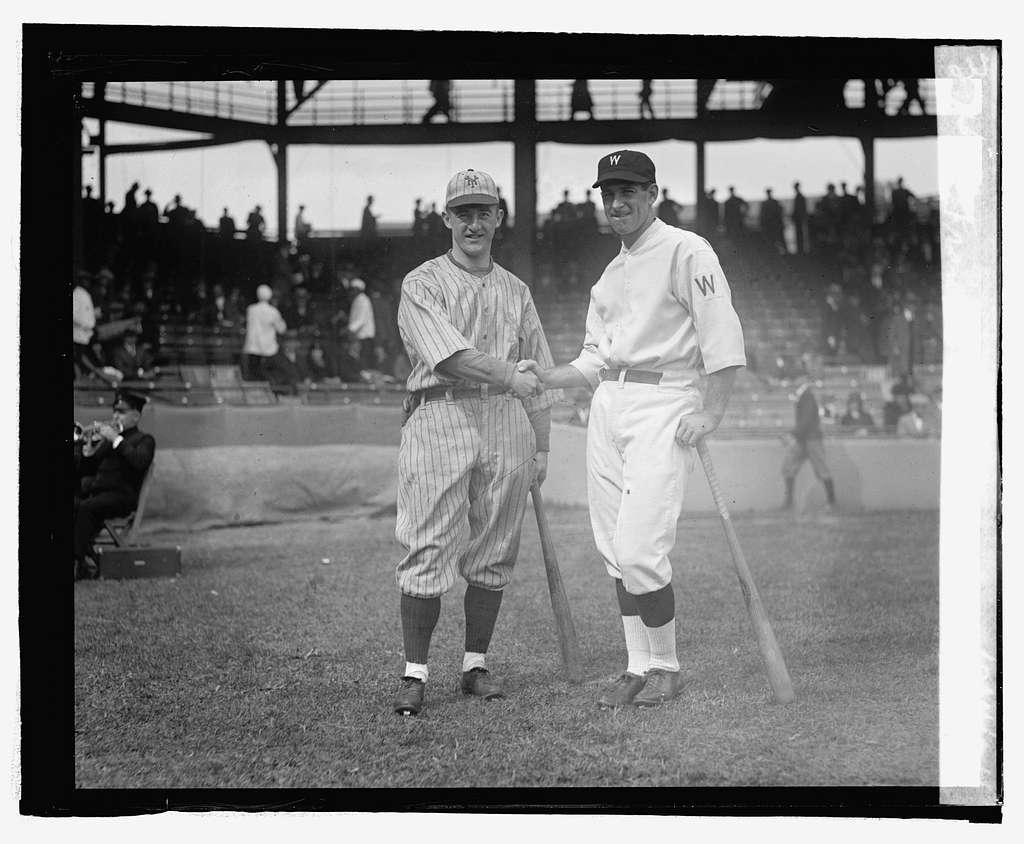
“The Fordham Flash” combined speed, hitting ability, and leadership as few others have. Frisch’s .316 career average and 419 stolen bases made him an offensive catalyst for both the New York Giants and St. Louis Cardinals from 1919-1937.
His contributions to the famous “Gashouse Gang” Cardinals extended beyond his play – as player-manager, he guided the team’s scrappy style. Frisch’s record for World Series hits by a non-Yankee speaks to his October excellence.
4. Lou Whitaker (Tigers)
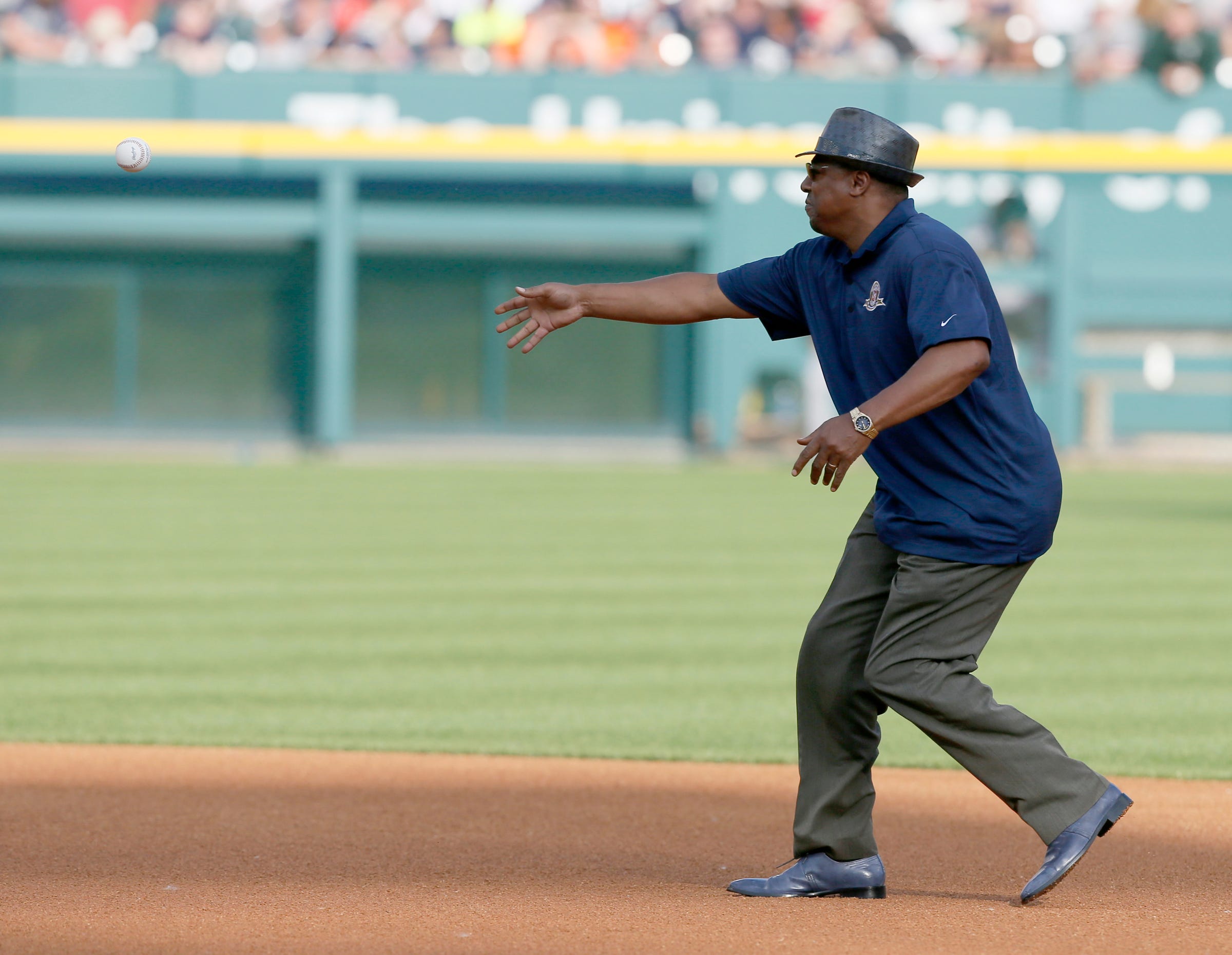
Baseball’s most underrated superstar spent 19 seasons with Detroit, forming an iconic double-play combination with Alan Trammell. Whitaker’s 2,369 hits and 244 homers reflect his consistent excellence at the plate.
His five All-Star selections and three Gold Gloves understate his value. With a career WAR higher than numerous Hall of Famers like Reggie Jackson and Derek Jeter, Whitaker’s Cooperstown absence remains mystifying.
3. Jeff Kent (Giants, Mets, Astros, Dodgers)
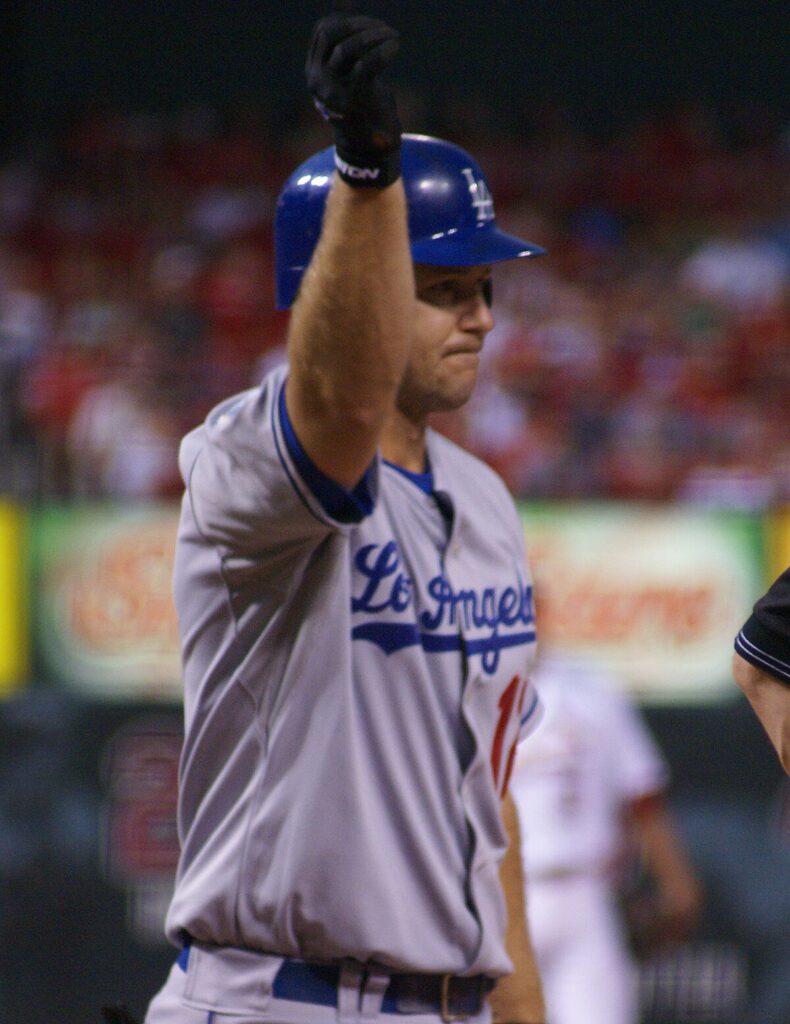
Kent revolutionized power expectations for second basemen. His 354 homers established a new record for the position, while his .290 average and 1,518 RBIs demonstrate he wasn’t just swinging for the fences.
The 2000 NL MVP’s contributions to the Giants’ success alongside Barry Bonds often go overlooked. Kent’s clutch hitting – including three World Series homers in 2002 – defined his career as much as his prodigious regular-season power.
2. Rod Carew (Twins, Angels)
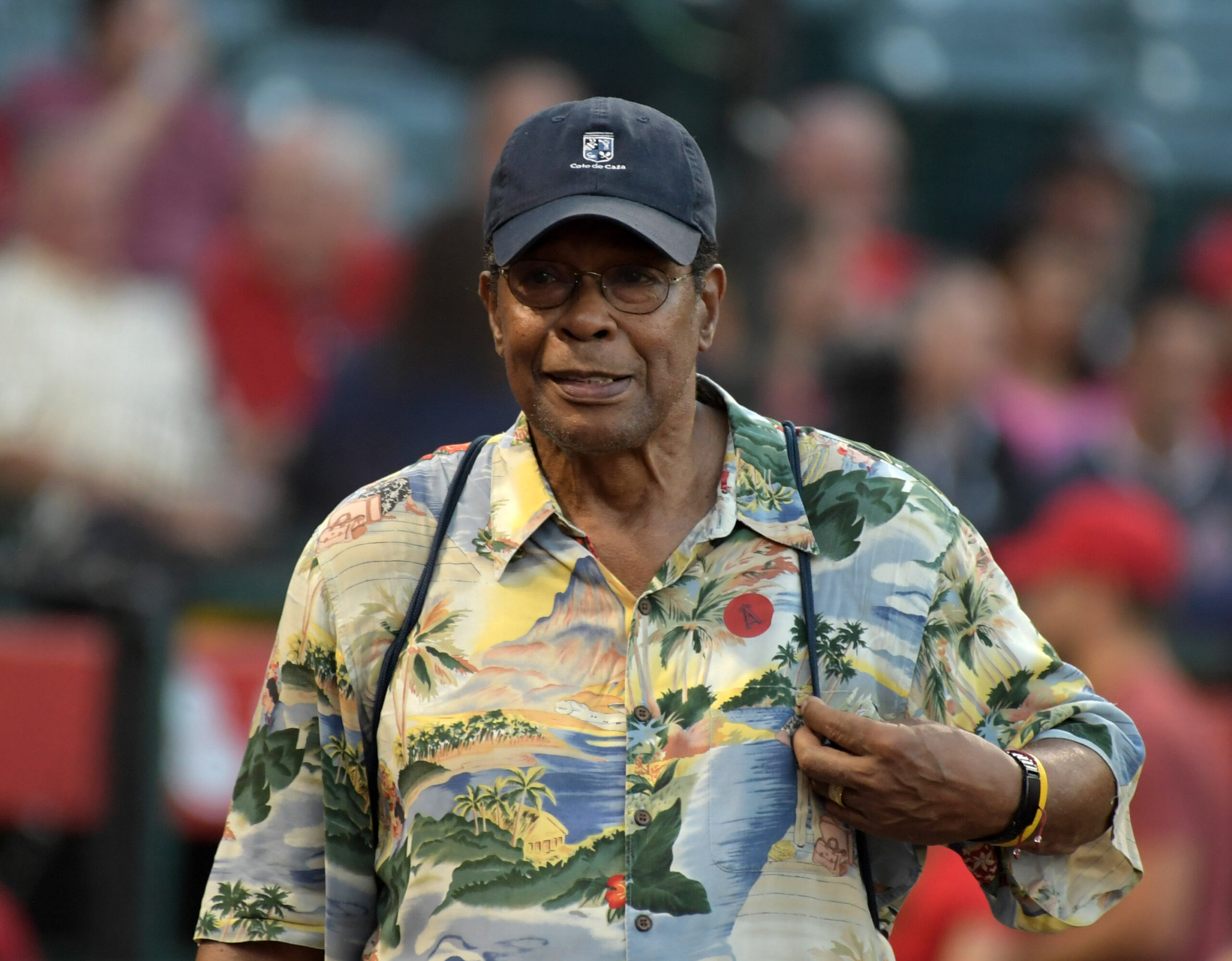
Carew’s mastery of the art of hitting made him one of baseball’s most elegant performers. His seven batting titles and .328 career average with Minnesota and California put him in rarefied company among the game’s greatest pure hitters.
Though he split his career between second base and first base, Carew’s legacy was cemented during his Twins years at second. His 1977 MVP season featuring a .388 average showed his hitting artistry at its apex.
1. Robinson Canó (Yankees, Mariners, Mets)
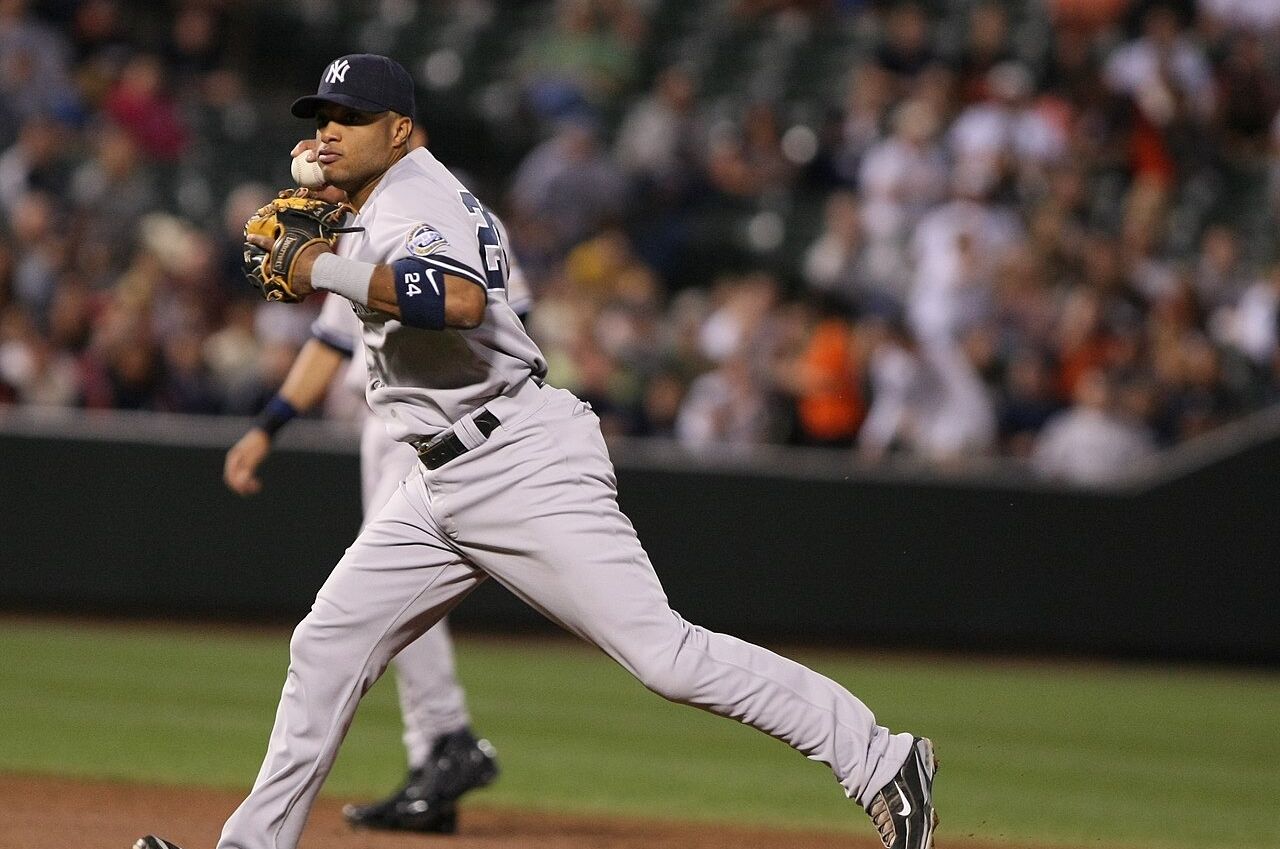
Few second basemen have made the game look as effortless as Canó. His smooth swing produced 335 homers and a .301 career average, while his stylish defense earned two Gold Gloves despite sometimes questionable range.
An eight-time All-Star who helped the Yankees win the 2009 World Series, Canó’s legacy has been complicated by PED suspensions. His natural talent was undeniable, even as his career conclusion raised questions.
